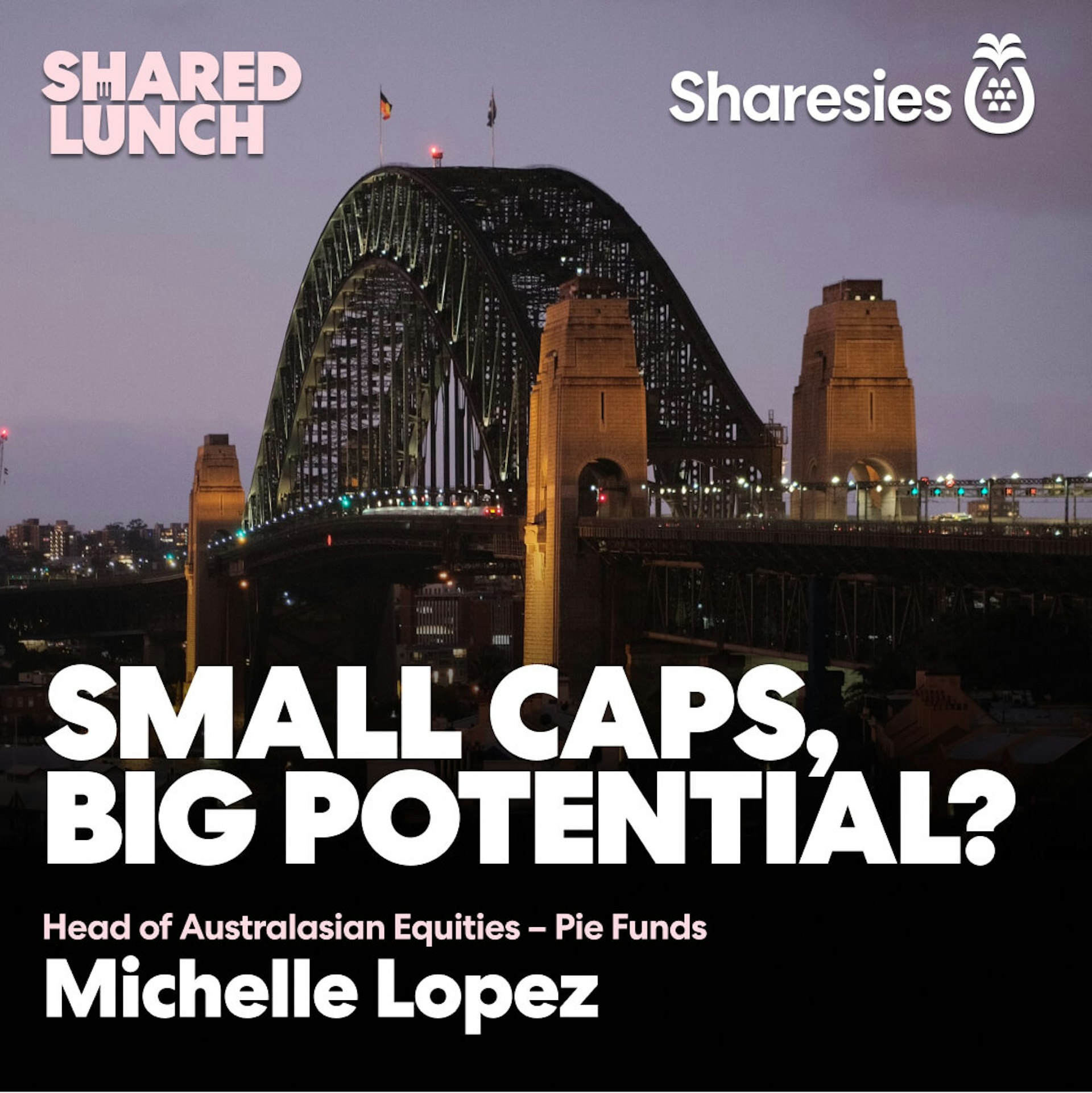Sharesies' process for share prices
Let’s take a look at investing in companies and exchange-traded funds through Sharesies.

We’ll cover how share prices work for these investments, and why the price you see when you place an order is likely to be different to the price you end up buying or selling at.
An overview of share prices
‘The market’ is where investors come together to buy or sell shares—for example, the Australian Securities Exchange (ASX) or New York Stock Exchange (NYSE). When you place an order in your Sharesies account for a company or ETF during market open hours, the order goes to market.
On one side of the market, you have the buyers with their bids (the highest amount they’re willing to pay per share), and on the other side, you have the sellers with their offers (the lowest amount they’re willing to accept per share). This lineup of buyers and sellers is called the ‘market depth’.
Let’s look at an example:

On the buyer side, you can see an order to buy 700 shares at no more than $2.55 per share. On the seller side, you can see an order to sell 150 of their shares at no less than $2.58 per share. The difference between what buyers are willing to pay and what sellers are willing to accept at any given time on the market is called the 'spread’.
A trade occurs when a buyer and seller match on a price. This happens when either the seller lowers their offer to meet a buyer’s bid, or when the buyer increases their bid to meet a seller’s offer.
Sometimes, individual market and limit orders placed for NZX shares are sent to market with similar orders placed by other investors—this is called ‘aggregation’. If your order is aggregated, it may not be possible to see your individual order in the NZX market depth queue.
What’s the last traded price?
On Sharesies, you can see the last traded price delayed by at least 20 minutes. This means that the price you see is likely to be different to the price you end up buying or selling at.
The last traded price changes every time a trade happens, as long as that trade is above a certain threshold set by the exchange—this means that some smaller trades don’t change the last traded price. A trade that meets this threshold and is big enough to change the last traded price is called a price-setting trade.
What are market orders and limit orders?
There are two types of orders that you can place—market orders and limit orders.
Market orders are typically used when investors are willing to let the market decide the price. When your order is placed on the market, we check to see if there’s a buyer or seller at (or near) the last traded price for that share. If not, it tries to get you the best available price, without causing any issues in the market. To do this, means reviewing the last traded price, market conditions, and availability of buyers or sellers. Adjustments are made until a price to trade is found at the limit that’s set. You can read about this in our best price policy in Sharesies.
Limit orders give you more control to buy or sell shares at a specific price, or better (in line with our best price policy). When you place a buy limit order, you can set a maximum price that you’re willing to pay for a share. When you place a sell limit order, you can set the minimum price that you’re willing to sell at. Note that for US shares, you can’t place a limit order for a fractional number of shares—you can only buy whole shares when placing a limit order.
Will I get the price I see?
The last traded price you see when you place a market order is likely to be different to the price the order goes through at. It all depends on the buyers and sellers in the market.
Here’s our example again, this time with the last traded price added:

Now, let’s look at some possible market order scenarios:
“I thought I was buying at $2.56 per share, but I ended up buying at $2.58.”
Although the last traded price in our example is $2.56, the lowest offer in the market is $2.58. If you place your buy order now, it would trade at $2.58.
“I thought I was selling at $2.56 per share, but I ended up selling at $2.55.”
Although the last traded price in our example is $2.56, the highest bid in the market is $2.55. If you place your sell order now, it would trade at $2.55.
“It says I bought at $2.58 per share, but the share price never went to $2.58 on that day.”
In this situation, it’s likely that your trade was not a price-setting trade, so it didn’t change the last traded price. The same concept applies for sell orders.
For limit orders, your limit order will go through when the share price hits the limit price you’ve set. Your order can wait on-market for up to 30 days, but might not get filled if the market doesn’t reach the price you’ve set, or if there are orders ahead of yours.
We hope this has given you a better idea of how share prices for companies and exchange-traded funds work on Sharesies! If you have any more questions about this, please get in touch at help@sharesies.com.au.
Ok, now for the legal bit
Investing involves risk. You might lose the money you start with. If you require financial advice, you should consider speaking with a qualified financial adviser, or seek independent legal, taxation, or other advice when considering whether an investment is appropriate for you. Past performance is not a guarantee of future performance. This content is brought to you by Sharesies Limited (NZ) in New Zealand and Sharesies Australia Limited (ABN 94 648 811 830; AFSL 529893) in Australia. It is not financial advice. Information provided is general only and current at the time it’s provided, and does not take into account your objectives, financial situation, and needs. We do not provide recommendations. You should always read the product disclosure documents available from the product issuer before making a financial decision. Our disclosure documents and terms and conditions—including a Target Market Determination and IDPS Guide for Sharesies Australian customers—can be found on our relevant NZ or Australian website.
Join over 860,000 customers



